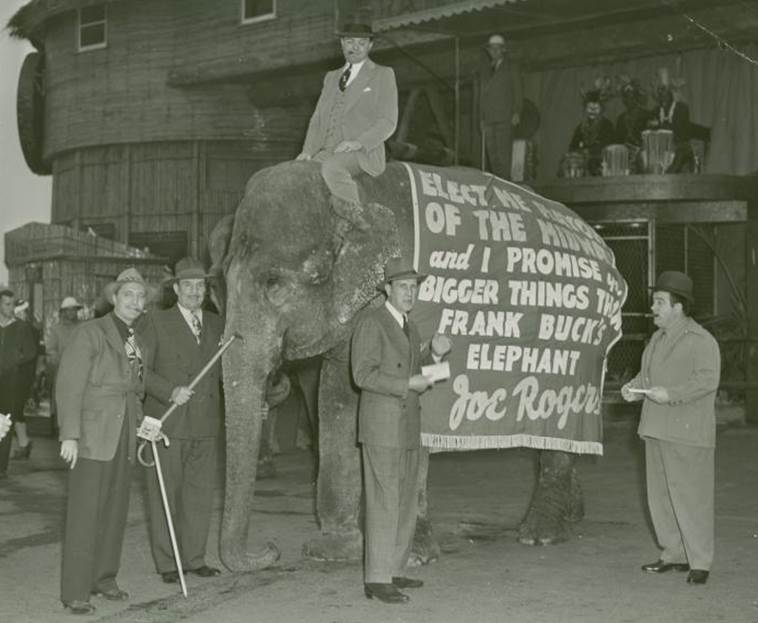 Monday, February 15, 2016
Monday, February 15, 2016 communicating elections: key lessons from lgiu coverage
 Local elections season is just around the corner so if you work in local government your mind will be turning to them any time now. This new post identifies some top tips to create greater understanding of, and engagement in, local elections.
Local elections season is just around the corner so if you work in local government your mind will be turning to them any time now. This new post identifies some top tips to create greater understanding of, and engagement in, local elections.
The LGiU has been covering the local elections for a number of years. We’re almost always the fastest with results from each and every council, we’re comprehensive, and I like to think that as a local government membership organisation we provide the best insight to what’s happening on the ground and what that means for the country as a whole. In years where there’s also a general election, we’re the only outlet that’s focused exclusively on local government.
We’re able to work so quickly and so comprehensively because over the years we’ve built a growing network of count correspondents, people on the ground, in councils reporting results and giving us a picture of what’s happening in their area. If you’re having a local election in your area this year, then we’d love for you to join our list of correspondents.
But social media and data tools have helped tremendously in recent years with our coverage. Great comms from councils helps us to share with a wider audience. We’re in a privileged position to see a wide swathe of council digital communications on election day and count night: the good, the bad and the ugly. Last year, we reviewed what we’d seen and this year we’d like to offer a few top tips based on our experience.
- Know what you can show
Each year we get occasional feedback from people who say that we’re encouraging bad election practice by asking for pictures. We’re not. Pictures INSIDE polling places while voting is going on is a no-no. Last year the Election Commission had to issue warnings about selfies in the polling place. We love pictures of councils getting ready for the big day – polling stations being staged for example. Once voters start showing up and the election has started – nothing inside the polling station.
Pictures outside the polling place are cool – including selfies and we loved the dogs at polling places trending hashtag on Twitter last year. But to be on the safe side and to respect the privacy of voters, no pictures outside of people who haven’t given explicit and enthusiastic consent. And if you’re not sure regarding pictures of people and polling places, just don’t.
Pictures of the count are great! The BBC shows tons of video of counts and we can, too. Counts typically have plenty observers as well. The privacy of the ballot is sacrosanct, but elections are meant to be open. Be confident about that!
- Be right on it with results on the web
It’s both fun and important to engage people on social media about voting and the count. But the most important thing is to have clear communications on your website. It might seem an obvious point, but it’s really important to show the overall result including any change of control in an easy to find place online. Last year, most councils were just fine on this, some councils were great with maps and other clear visual displays of results, but in some councils we had to literally go into 30 or so PDFs of results to find out who had won in each ward and then tot up what that meant for control. We go on council websites every single day and understand elections by thirds and NOC. If we found it tricky, then imagine how hard it must have been for residents.
The ideal, of course, is open data publication of election results in a standard format and we’re exploring options about how to help councils do this. We’re also working with Democracy Club to help make it easier for residents to find out which seats are up for election in each ward. You can find out more about that project.
In the mean time, clear information for each election including outcomes and the final results for the whole council on an easy-to-find web page is key.
- Reach out, link in!
It’s fantastic to see great use of social media like Twitter and Facebook to cover and promote elections. Some councils are amazing at this and tweet regular updates about election issues (registration, voting information, etc) and updates on the day. Of course, it’s part of a wider, multi-channel strategy – but it’s amazing how much progress there’s has been in the past few years. However, it could be a little bit better. When you’re thinking about election comms, plan how you will ensure social media will be an integral, natural part of how you communicate with the electorate, journalists and residents. Who is covering the elections and when? And don’t just tweet ward results, make sure these link back to your solid online presentation of election outcomes.
4. Be playful
Elections are serious business, but they’re exciting and fun, too. Last year saw some interesting experimentation with Vine and Periscope and other video media and some lovely maps and infographics, too. The best uses of digital comms captured the human elements. Like the poor wee lad who dropped his Lego figure in a ballot box. Not only did this offer an opportunity to explain that once those boxes are sealed, they can’t be opened til the count, but also that council people will help reunite a boy and his toy.
Ingrid Koehler is a Service Innovation Lead at LGiU. She also leads the Technology and Transformation theme.
 elections
elections 














Reader Comments